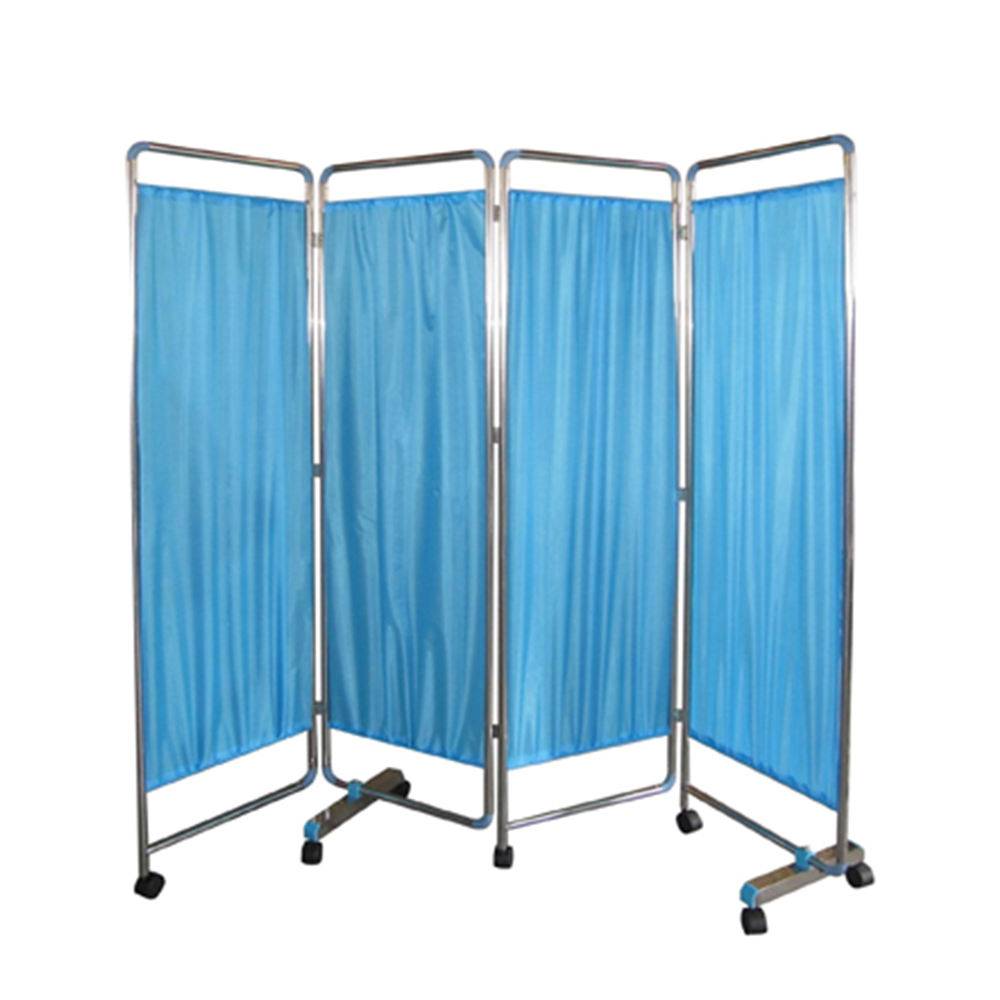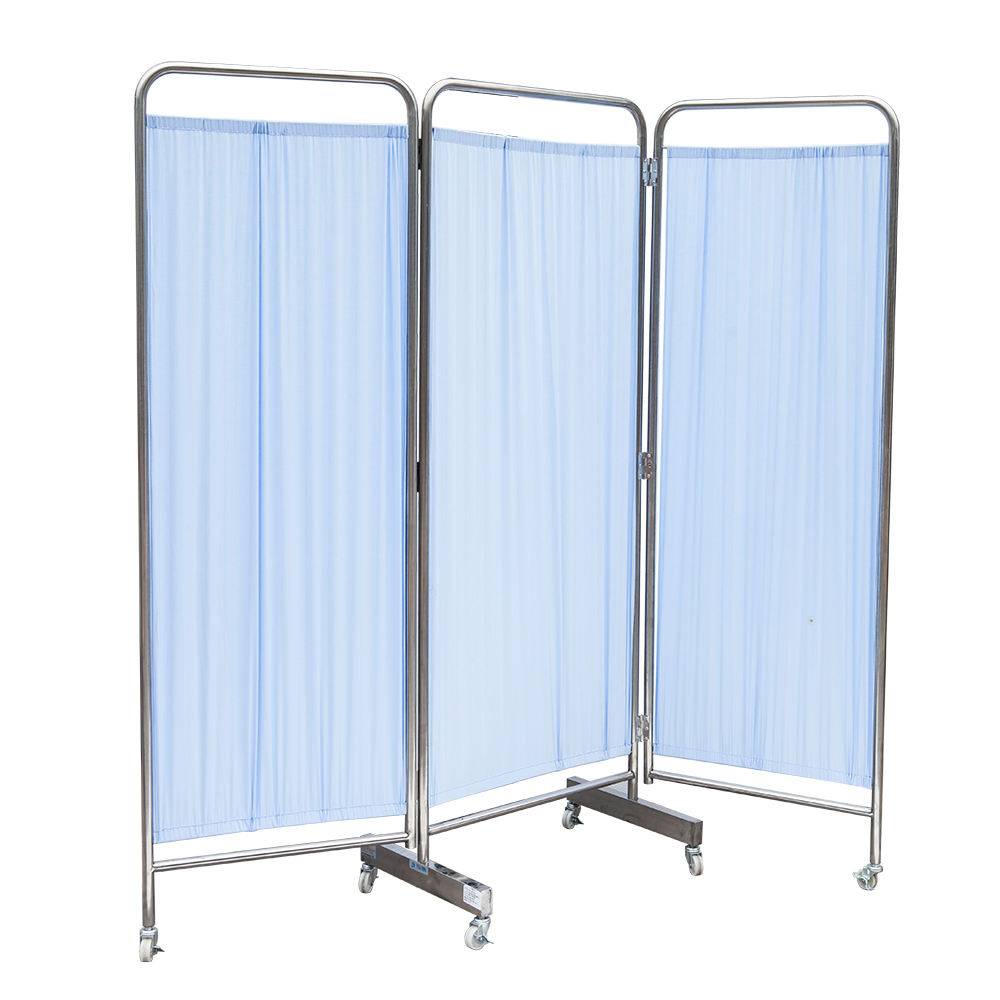Address
304 North Cardinal St.
Dorchester Center, MA 02124
Work Hours
Monday to Friday: 7AM - 7PM
Weekend: 10AM - 5PM
Address
304 North Cardinal St.
Dorchester Center, MA 02124
Work Hours
Monday to Friday: 7AM - 7PM
Weekend: 10AM - 5PM
Medical privacy screens are an important tool for any healthcare facility to ensure patient privacy and confidentiality. However, with the wide variety of screen options available, choosing the right one can be a difficult decision.
Medical privacy screens are an important tool for any healthcare facility to ensure patient privacy and confidentiality. However, with the wide variety of screen options available, choosing the right one can be a difficult decision. This guide will walk through the key factors to consider when selecting a medical privacy screen, including functionality, design, durability, and cost. With some research and understanding of your facility’s unique needs, you can feel confident in finding a screen that protects privacy while fitting your budget.

First and foremost, think about how the screen will be used and what functionality is most important. Here are some key questions:
Understanding your functionality needs will help narrow down which screen designs may work best for your situation. [See Table below for a comparison of common screen styles and their functionality.]
| Style | Mobility | Visibility | Equipment Access | Space Division |
|---|---|---|---|---|
| Curtain | Highly mobile | Semi-transparent | Limited overhead access | Flexible for large/small spaces |
| Sliding | Moderately mobile | Semi-transparent | Allows some overhead access | Best for dividing small-medium spaces |
| Stationary panel | Fixed | Fully transparent to opaque | Best for overhead access | Fixed placement limits space division |
Aesthetics and design are also important considerations for a medical privacy screen. Key factors include:
The right design should balance form and function for both patients and staff. Speaking with your provider about common design preferences can guide your selection.

Medical privacy screens undergo heavy use in high-traffic clinical areas. Consider the following durability factors:
A screen’s durability directly impacts its lifespan and your long-term costs. Don’t sacrifice quality for initial price – a more durable screen saves money in the long run.
Of course, cost is an important consideration for any purchase. Medical privacy screens can range widely in price, so understanding your budget is key. Total cost of ownership includes:
Balancing initial outlay with long-term durability and minimal maintenance provides the best value overall. Leasing may also be an option worth exploring to better fit short-term budgets.
By understanding your facility’s unique needs along with key factors like functionality, design, durability and cost, you can select the right medical privacy screen solution. Don’t hesitate to consult screen manufacturers – they’re experts in finding the ideal match based on your space and budget requirements. With the right screen in place, you can feel confident patients are protected while receiving quality care.
What is the typical lifespan of a screen?
Quality screens made of vinyl or reinforced fabric can last 7-10 years with proper care and maintenance. Acrylic may only last 3-5 years before scratches compromise privacy.
When should I consider replacing a screen?
Look for cracks, holes, or fraying/tears that compromise the barrier. Faded or heavily scratched acrylic loses its privacy function over time as well.
How do I clean and disinfect a screen?
Most surfaces can be wiped down with a hospital-grade disinfecting wipe. For heavier soils, a diluted bleach solution is effective if the material is bleach-safe. Always spot test first.
Can screens be customized with my facility’s logo?
Many manufacturers offer customization options for logos, graphics, or unique sizes. This adds to the initial cost but can enhance your brand.
What installation is included?
Prices may include on-site installation to ensure proper mounting and setup. Wall-mounted screens typically have all hardware included while free-standing screens require floor anchoring.